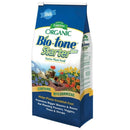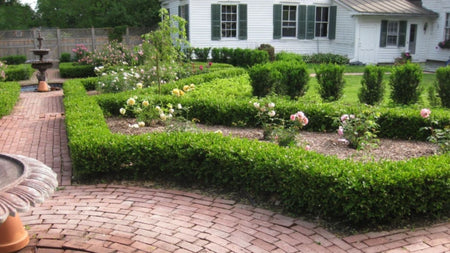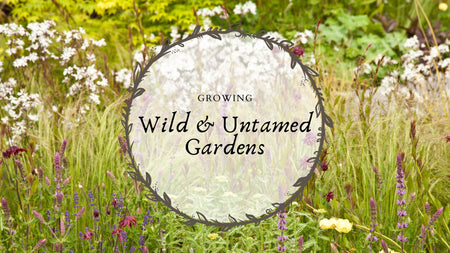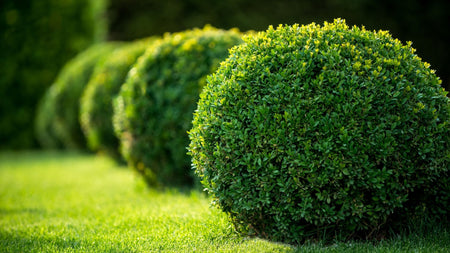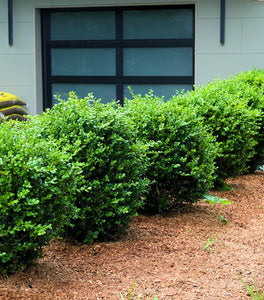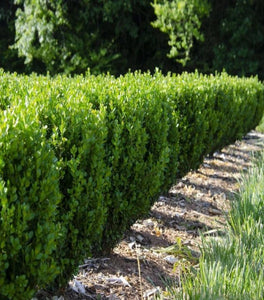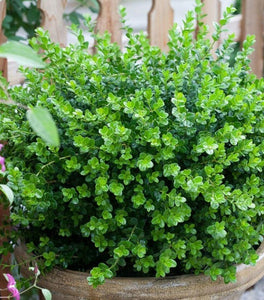
Images Depict Mature Plants
A Classic Evergreen With Reliable Year-Round Color
A Foundation Planting Favorite
Buxus ‘Winter Gem’ is prized for its rich green foliage, naturally rounded form, and crisp, polished look that enhances landscapes all year long. The small, glossy leaves remain vibrant throughout every season, transitioning to a slightly warmer tone in winter before regaining their full green color in spring.
This boxwood is the perfect evergreen for adding structure, balance, and curb appeal to entryways, patios, walkways, and garden beds. Whether planted alone or in groups, it delivers a timeless style that blends effortlessly with any landscape design.
Beautiful in Formal Hedges or Soft, Natural Plantings
Winter Gem is incredibly versatile — it shapes easily into low hedges, spheres, or clean edges for classic gardens, yet also works well in relaxed, cottage-inspired plantings. Its compact size and tight branching allow it to perform beautifully in containers, raised beds, and foundation borders.
From symmetrical front yard designs to elegant parterres or modern minimalist beds, Winter Gem adapts to any aesthetic with grace.
Cold-Hardy, Durable, and Exceptionally Low-Maintenance
Winter Gem stands apart from other boxwoods thanks to its exceptional cold tolerance and adaptability. It performs reliably in USDA zones 5–9, handling winter weather, fluctuating temperatures, and varying sun exposures better than many traditional varieties.
It grows best in full sun to partial shade and appreciates well-drained soil, making it a manageable and forgiving evergreen suitable for both new and experienced gardeners.
Deer-Resistant and Easy to Maintain
Thanks to its aromatic foliage, Winter Gem is naturally deer-resistant, reducing the need for protective sprays or fencing. The plant’s dense branching and moderate growth rate make it easy to keep neat with minimal pruning.
Its tidy, evergreen form means your landscape remains structured and attractive even during the winter months when other plants fade.
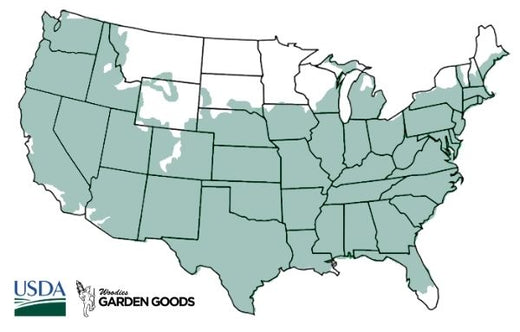
| Mature Height: | 3 to 4 Feet (less, if trimmed) |
|---|---|
| Mature Width: | 3 to 4 Feet (less, if trimmed) |
| Classification: | Evergreen shrub |
| Sunlight: | Full sun to part shade |
| Habit: | Evergreen, dense foliage |
| Foliage: | New growth emerges bright green changing to dark green |
| Soil Condition: | Moist, well-drained soil |
| Water Requirements: | Even moisture; drought-tolerant once established |
| Landscape Uses: | Hedges, borders, containers, foundation plantings |
How to Care for Winter Gem Boxwood
Be sure to read our planting instructions to ensure your Winter Gem Boxwoods stay healthy for years to come!
How should I plant Winter Gem Boxwood?
Dig a hole twice as wide as the root ball and just as deep. Loosen the native soil and amend with compost to improve structure and drainage. Place the plant so the top of the root ball sits level with the surrounding soil. Backfill and water deeply to settle roots. Apply a light layer of mulch around the base, keeping it away from the trunk to prevent moisture buildup.
How often should I water Winter Gem Boxwood after planting?
Water deeply 2–3 times per week during the first few weeks, then gradually reduce frequency as roots establish. The goal is steady moisture without waterlogging. Once mature, Winter Gem becomes moderately drought-tolerant but benefits from occasional watering during extended heat or dry spells.
When should I fertilize Winter Gem Boxwood?
Fertilize in early spring using a slow-release, balanced fertilizer formulated for evergreens. This supports lush new growth and vibrant foliage color. You may amend soil annually with compost to boost long-term soil health and moisture retention.

When and how should I prune Winter Gem Boxwood?
Lightly prune in late spring to shape the plant and maintain its rounded form. Clip again in midsummer if a more formal hedge appearance is desired. Avoid heavy pruning in late fall, as new growth may not harden off before winter.










